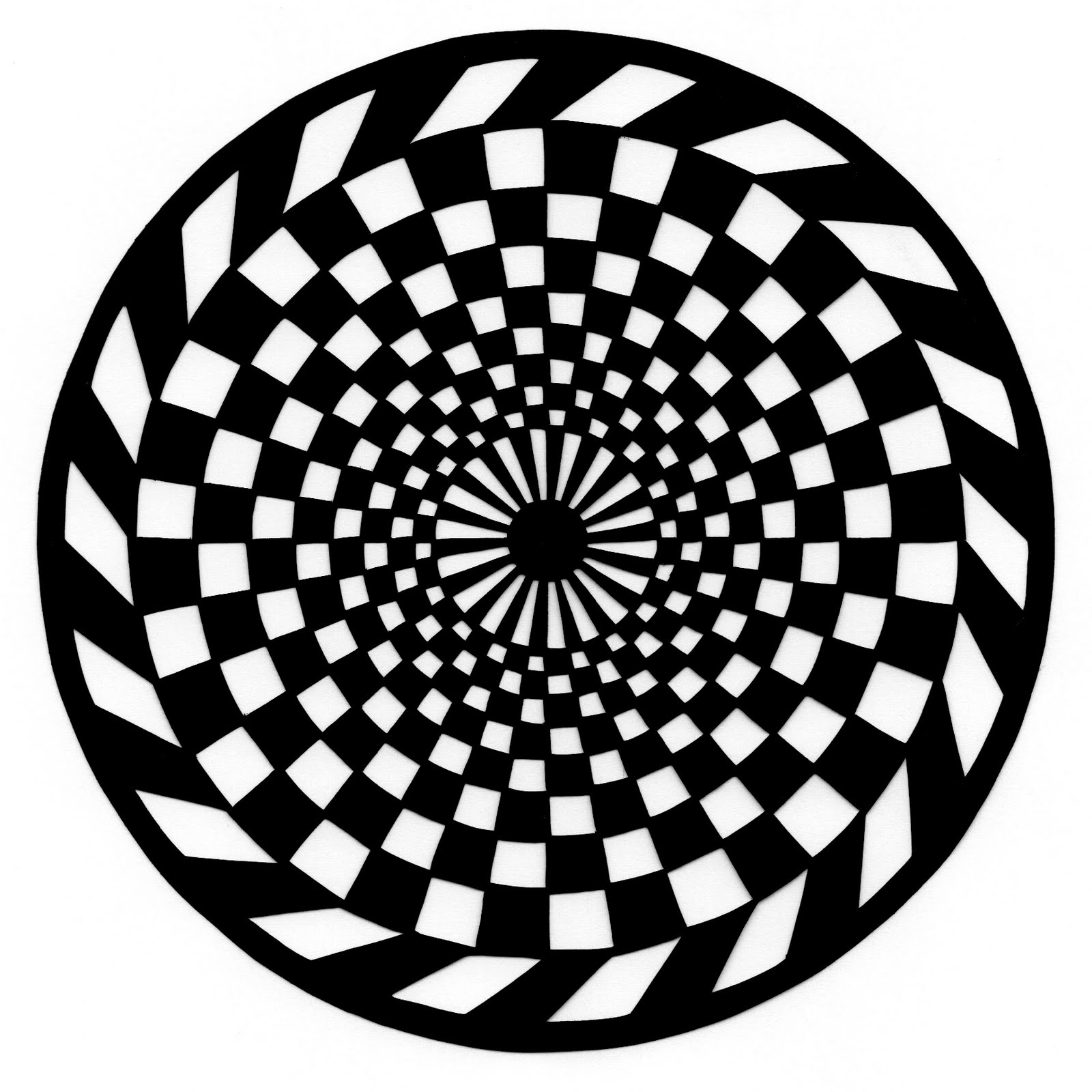 |
American Literature: Romanticism Sample Final Exam Essays 2015 final exam assignment #4. Varieties of the Gothic |
 |
Marissa Holland
Varieties of the Gothic
Much like romanticism having the ability to adapt to different genres of
literature, the Gothic is an element that can stand alone as a genre or can also
be adapted into other literature as well. The main schools of the gothic studied
over the duration of this course are the psychological, wilderness, and moral
gothic. Most commonly associated with the gothic genre is the use of a haunted
house or castle. Through a psychological reading, this haunted space is more
often than not also associated with one’s haunted mind. It is the presence of
the haunted environment that drives the mind even further into the horrors
associated with the gothic. The rise of the gothic wilderness in American
literature came from the lack of mansions and castles that could be used as
inspiration for gothic literature. Because of this, many American writers turned
a haunted forest or wilderness with maze-like qualities to evoke the same
emotions of the haunted houses. With America’s connections to land and its
possession, the notion of a haunted woods becomes more easily assessable to
these readers. The moral gothic can then go hand in hand with the wilderness
gothic. Grown from the ideals of repressed sin, the moral gothic highlights the
sins of man and its inevitable consequences to evoke the terror and horror
sought after by the gothic genre. Although not limited to these uses, the three
categories of gothic are readily seen through our course readings.
The psychological gothic is very
much associated with author Edgar Allan Poe as his writing is very much
connected to gothic elements. Even though he has mastered the ability to combine
many categories of gothic into one piece, his use of the psychological gothic is
the most widely known. In his piece The
Fall of the House of Usher the reader is able to trace the gothic mental
stability of the family and see how it is then mirrored in the gothic nature of
the house. In this way, the mind and environment become one and influence the
other. By giving the house human like qualities such as its vacant eyes, the
reader can attach these elements to that of the house’s inhabitant thus creating
a doppelganger of the house. Poe then is utilizing yet another form of the
gothic. Because the house and its inhabitants are viewed as one in the same, the
psychological element of the gothic can be used to generate horror as the house
seems to be another living character with a mind of its own.
In the same sense of the haunted house, the haunted forest is very often
utilized by American authors such as Washington Irving. In both his works
The Legend of Sleepy Hollow and
Rip Van Winkle, the forest is seen as
a terrifying place that has a power of people that they cannot escape. Until
like psychological gothic, this Gothicism does not necessarily have to mirror
the mind of the characters. In Rip Van
Winkle, Rip ventures into the mountains for a sense of escape and instead
meets mysterious strangers that are associated with deep mountain ravines and
rolling thunder. Their apparent silence frightens Rip into drinking the
mysterious potions presenting to him. These potions of course make him sleep for
twenty years thus missing a great amount of his life. While the environment does
not mimic the thoughts of Rip, it is the gothic elements of the environment, the
depths, dark of night, and sounds, terrorize Rip out of his better judgments.
Along with the idea of judgments comes to moral category of the gothic.
In his work Young Goodman Brown,
author Nathaniel Hawthorne uses the ideals of guilt and innocence to capture the
psychological element of the gothic as it relates to one’s conscience and
morals. While he utilizes many of the same elements such as Poe and Irving,
Hawthorne takes the gothic environments a step further to encompass one’s
reflection on sin and life. Hawthorn has his main character walk through a woods
that has all the horrors of the wilderness gothic of Irving but has the
character reflect on life while in this environment. This was a moment not
utilized by Irving for Rip Van Winkle. Much like Poe who creates a doppelganger
between the characters and the house, Hawthorne creates a doppelganger for the
gothic forest and his character’s morality set in Puritan times. This time
period allows the reader to make the connections of the religious views of the
time period to the main character’s thought processes. By utilizing this genre
as well as time period, Hawthorn is able to insert moral dilemma into the gothic
and unite the gothic to the notions of original sin.
Much like Romanticism, the Gothic
genre has many interpretations and categories lending itself to appeal to
multiple audiences. Because of this, one could argue that the gothic could be
read in almost any literary work. While this may seem as a strength of genre, it
lends itself to belittling the techniques needed to create a full gothic novel.
If it could be so easily utilized by other forms of literature, the gothic then
can fall into the category not of “high literature” and meant purely for
entertainment purposing with little to no literary merit. Because of this, a
close study of gothic literature as its own entity and genre is important in the
literature doctrine.
To label a piece of literature as merely Gothic is limiting its
interpretations. The gothic novel can be utilized in many forms seen most in the
psychological, wilderness, and moral categories during this course. Authors such
as Poe, Irving, and Hawthorne all use the gothic to its full advantages in their
writing exemplifying how gothic characteristics can add depth to a story much
more inquisitive than for just pure scare. These characteristics are modified by
American authors to fit with the landscape and readers of the country while
maintaining its European roots in haunted environments.
|
|
|
|

